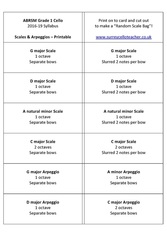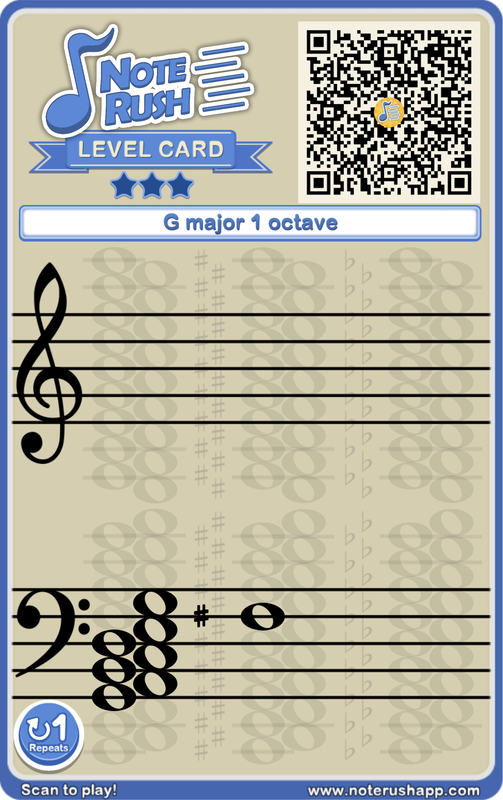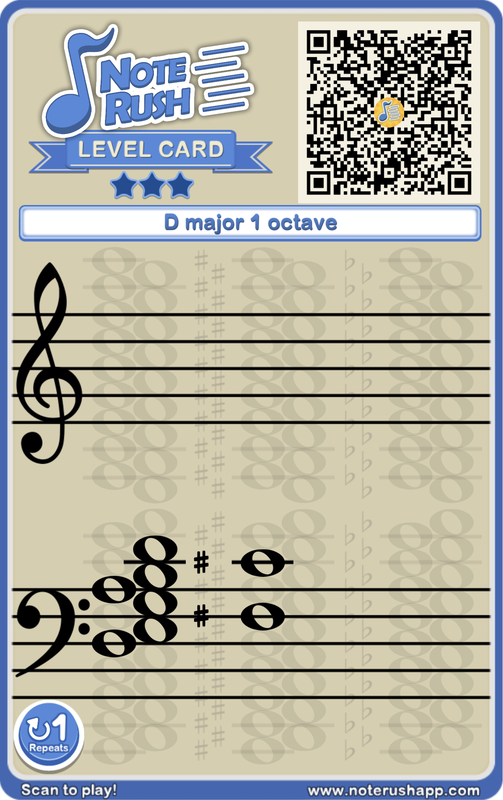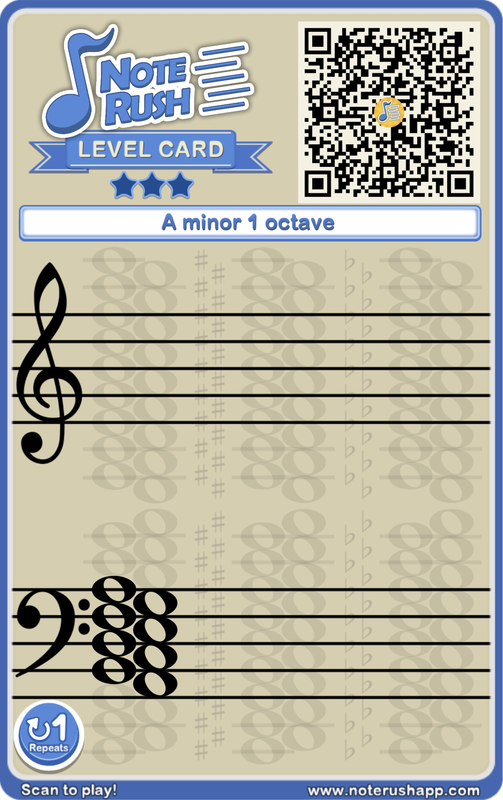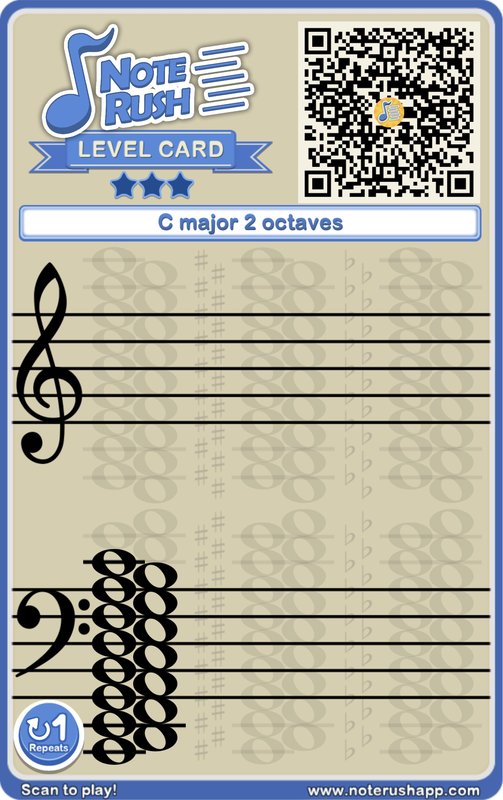ABRSM Grade 1 Cello Resources Page
Congratulations! You have started work towards your Grade 1 Cello examination. It's a really exciting time as you get to grips with your cello and begin to play some "proper" pieces!
Why do we play scales? Scales and Arpeggios (sometimes called "technical work") are the building blocks of your cello playing. They help you to play confidently in tune with a good sound, at an even speed.
They are a great way to say "Hello Cello", or warm up when you first start your practice.
Try playing them with a fun rhythm on each note (such as "fish and chips - "). Play them with long bows, short bows, fast bows, slow bows. Play them loudly, play them quietly, play them while getting louder or quieter. Play them like walking or running, play them spiky like a hedgehog, play them as smooth as silk.
Develop your "cello sound landscape" and this will help you to play your pieces really well!
Why do we play scales? Scales and Arpeggios (sometimes called "technical work") are the building blocks of your cello playing. They help you to play confidently in tune with a good sound, at an even speed.
They are a great way to say "Hello Cello", or warm up when you first start your practice.
Try playing them with a fun rhythm on each note (such as "fish and chips - "). Play them with long bows, short bows, fast bows, slow bows. Play them loudly, play them quietly, play them while getting louder or quieter. Play them like walking or running, play them spiky like a hedgehog, play them as smooth as silk.
Develop your "cello sound landscape" and this will help you to play your pieces really well!
ABRSM Cello Scales Grade 1 "Random Scale Bag" Printable, 2016-19
When you do your exam, the examiner will ask you to play some of your scales and arpeggios. They won't be in the same order as they are in your scale book and you will have to play them from memory. To help you with this, here is the Random Scale Bag.
Download the pdf, print out on to card and cut it up!
NOTE: Please click the PDF link above to download it. This image is just a preview and won't print clearly.
|
INSTRUCTIONS:
NOTE: These are to be used either with or without the accompanying sheet music (your scale book), depending on your current standard. It is a good idea to work on mastering the "Separate bows" scales before moving on to the slurred ones.
USEFUL: This PDF will print out accurately on to L7163 sticky labels (14 per sheet) in case you want to stick them on to larger cards! | ||
Note Rush Level Cards
If you use the fantastic "Note Rush" app, here are some helpful level cards for you to scan. Click on the pictures to make them bigger.
IMPORTANT: "Middle C" is the second finger on your A string.
Play this note until the bar on your screen fills up. The level will then start.
IMPORTANT: "Middle C" is the second finger on your A string.
Play this note until the bar on your screen fills up. The level will then start.
Video of Scales & Arpeggios
Here's a helpful video by "Cello Hacks" which shows you all the scales and arpeggios:
Other useful information
These Music Exams
http://gb.abrsm.org/resources/theseMusicExams0607.pdf
This guide is for anyone involved with ABRSM’s graded music exams – especially teachers, candidates and parents. It introduces
the various elements of our exams for instruments and singing, guides you through the exam experience and explains what makes
ABRSM exams special.
Speed Shifter
http://gb.abrsm.org/en/exam-support/practice-tools-and-applications/speedshifter/
Speedshifter can be used to slow down the playback speed of most common compatible audio file types. It's available for iOS, Android, PC and Mac.
You can use this to slow down recordings of your pieces so you can play along, or just so that you can listen and follow the music.
Aural Trainer
http://gb.abrsm.org/en/exam-support/practice-tools-and-applications/aural-trainer/
Quite a few of my students already use this app. It really helps with your aural tests (the clapping, singing and listening exercises), and means we can just use lesson time to work on the bits you're finding particularly tricky.
Here's the link to the full list of ABRSM practice tools: http://gb.abrsm.org/en/exam-support/practice-tools-and-applications/
http://gb.abrsm.org/resources/theseMusicExams0607.pdf
This guide is for anyone involved with ABRSM’s graded music exams – especially teachers, candidates and parents. It introduces
the various elements of our exams for instruments and singing, guides you through the exam experience and explains what makes
ABRSM exams special.
Speed Shifter
http://gb.abrsm.org/en/exam-support/practice-tools-and-applications/speedshifter/
Speedshifter can be used to slow down the playback speed of most common compatible audio file types. It's available for iOS, Android, PC and Mac.
You can use this to slow down recordings of your pieces so you can play along, or just so that you can listen and follow the music.
Aural Trainer
http://gb.abrsm.org/en/exam-support/practice-tools-and-applications/aural-trainer/
Quite a few of my students already use this app. It really helps with your aural tests (the clapping, singing and listening exercises), and means we can just use lesson time to work on the bits you're finding particularly tricky.
Here's the link to the full list of ABRSM practice tools: http://gb.abrsm.org/en/exam-support/practice-tools-and-applications/
I have done my best to ensure that the information above is accurate. However, I take no responsibility for any errors or omissions and am not responsible for the content of third party sites.
